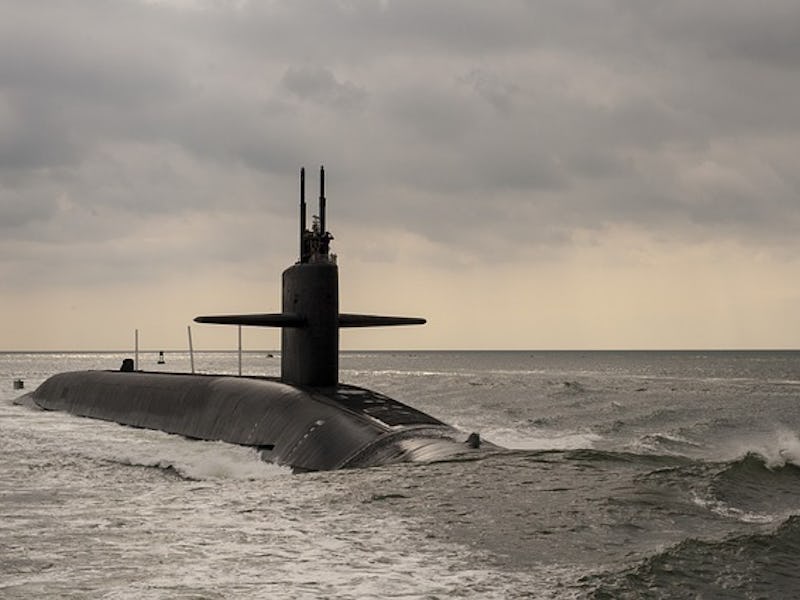When Subamarines Were "Death Traps"
H.G. Wells had serious doubt that the submarine would be good for anything other than killing its crew. Why?

“I must confess that my imagination refuses to see any sort of submarine doing anything but suffocating its crew and floundering at sea.” - H.G. Wells, 1901
H.G. Wells, science fiction’s late 19th century bad boy, wrote a series of nonfictional predictive essays over the course of his career that were eventually collected in a bestselling work published under the unappetizing title Anticipations of the Reaction of Mechanical and Scientific Progress Upon Human Life and Thought. Each chapter is fascinating in its own right, presenting mixtures of insight and faulty logic, but Chapter Six is the one that provokes a bit of a spit take. It focuses on the specific ways technology will change war.
Wells got a lot right, but he also spent a disproportionate amount of time railing against submarines, which he strongly felt represented a military misstep and a very efficient way to jeopardize the lives of sailors. On the surface, it’s easy to dismiss Wells’ prediction as pessimism about an underdeveloped technology. And in some ways, that’s not wrong. But what’s important to understand is that by 1901, submarines were showing a lot of promise. They were getting safer and safer.
The idea of navigable underwater machines had been around long before Wells penned these predictions, and by 1901, the United States Navy was financing experimentation. The technology had a ways to go, but it had come very far since 1870, when Jules Verne released Twenty Thousand Leagues Under The Sea and people started freaking out about squid.
Late 19th century brought submarines that were powered by gasoline, batteries, chemical reactions, and steam. The late 1890’s saw men like Simon Lake and John P. Holland try, fail, and try again to create a submarine that not only operated safely and soundly, but worked well enough that it might be good for something other than novelty. It was during this time that the naval leadership became increasingly adamant that submarines were a necessity.
It was probably this excitement about submarines on the part of the military that prompted Wells to write what he did. Attempts like 1897’s Plunger were still plagued with problems, and it would be years before those problems were ironed out.
But ironed out they were.
We know, of course, that submarines did find eventually their way into the military playbook, playing a massive role in World War I, just thirteen years after Wells wrote Anticipations.
It’s hard to know what, exactly, made Wells so pessimistic about submarines, but it may have had something to do with extreme technological dependency. Unlike tank drivers, train conductors, and even parachute-wearing pilots, submariners are completely dependent on their equipment to survive. For Wells, who never saw manned spaceflight, that was a unique characteristic of the technology. It was understood that people could and likely would die when malfunctions took place. In 1901, that was hard to expect. The world was not yet used to that kind of math. And Wells, socialist that he (kind of) was, wasn’t prepared to sacrifice laborers on the altar of the collective good.
Wells was wrong in the sense that submarines proliferated, though not necessarily in the sense that it was inevitable. The dynamic of arms races makes it incredibly hard to know. And, yes, submariners did die. They still do. They always will. To rely on technology is to embrace mortal danger. To avoid technology may be as well, but it’s harder to calculate the risk.